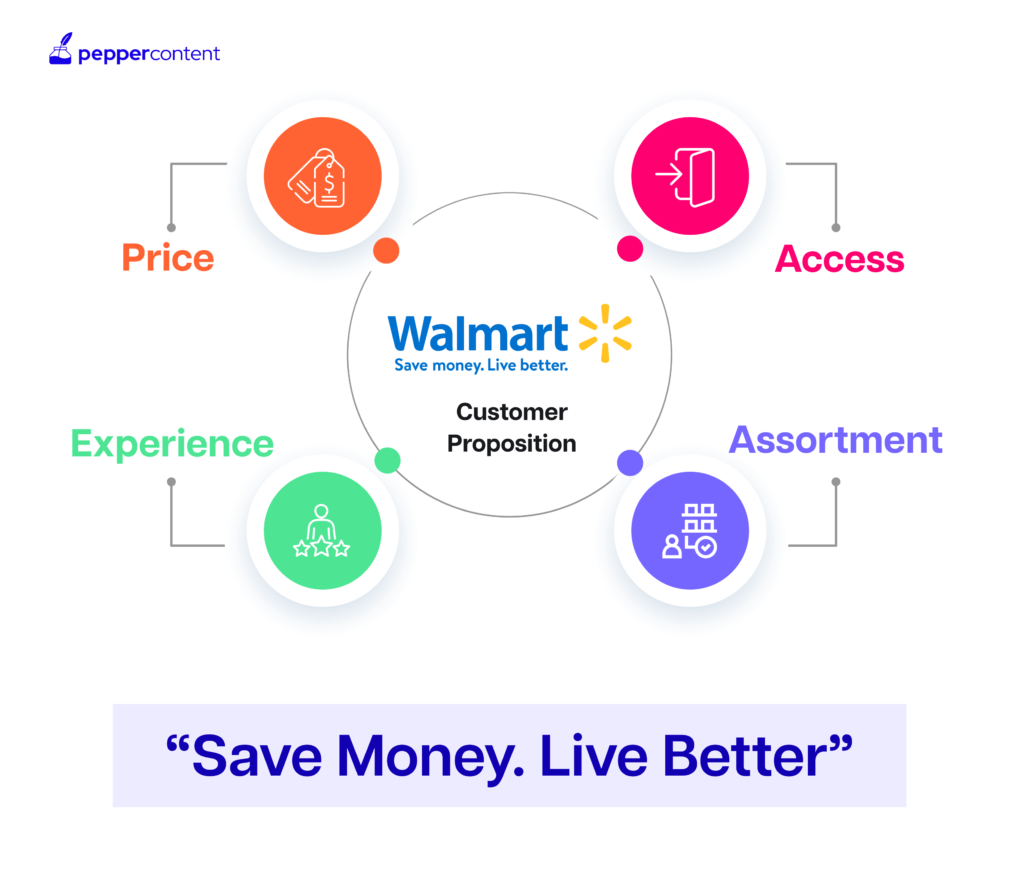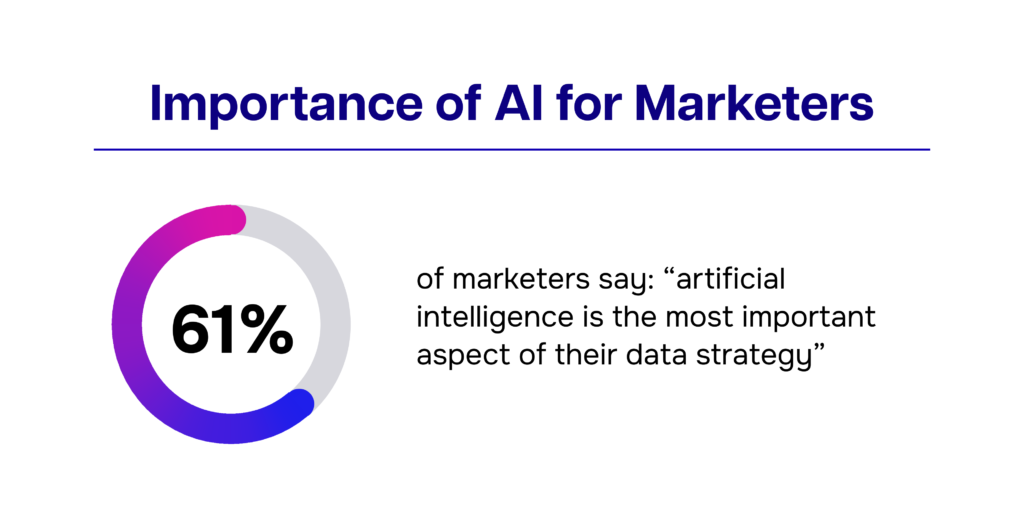Content Marketing During Crisis: How to Thrive in a Recession

During crises, the conventional wisdom is to cut marketing budgets. However, research shows that content marketing during a crisis can be a game-changer. By focusing on the needs and behaviors of your target audience, you can create content that resonates with them and helps your brand stand out from the competition.
In this article, we’ll explore why content marketing is crucial during a recession and budget cuts. We will also examine case studies of companies that have used content marketing successfully during tough times, and provide five steps for developing a recession-proof content marketing strategy.
Don’t cut your budget – invest in the power of content marketing.
Importance of Content Marketing During a Recession
During a crisis, many businesses tend to cut their marketing budgets to save costs and stay afloat. However, data and strategy show that continuing content marketing during a recession is crucial. It allows businesses to maintain visibility and remain relevant in the market.
Even during tough times, consumers still spend money, but they shift their behaviors and priorities. For example, in times of recession, food retail sales increase as dining out decreases. Content marketing can help businesses reach new audiences and spotlight their products or services.
By creating valuable content that aligns with consumer values and needs during a crisis, businesses can build connections with empathy, fostering trust and loyalty. This is especially important in times of uncertainty when consumers are looking for ways to feel secure and supported.
In summary, content marketing during a crisis presents an opportunity for businesses to not only survive but also thrive by connecting with their audience through relevant, empathetic content that speaks to changing behaviors and needs.
Case Studies of Successful Content Marketing Strategies During a Crisis
Content marketing during a crisis can be a daunting task, but it’s not impossible. Data shows that continuing to invest in content marketing is crucial for businesses to thrive during a recession.

Let’s take a look at some successful content marketing strategies during tough times.
- Walmart’s “Save Money, Live Better” campaign during the 2008 recession was focused on affordable prices and value for customers. The retail giant aired advertisements that emphasized its low prices and offered discounts on products to attract budget-conscious shoppers. Walmart also launched an online platform for families on a tight budget called the “Savings Center.” As a result, Walmart saw increased sales and gained market share despite the economic downturn, says a New York Times report.

- American Express’s “Small Business Saturday” campaign during the 2020 pandemic was aimed at helping small businesses hit hard by the crisis. The company created this annual event eight years ago to encourage consumers to shop locally. But in 2020, it took on added significance because of the pandemic’s impact on small businesses. American Express launched an advertising campaign that encouraged consumers to support local merchants both online and in-store. The result? $19 billion was spent on small businesses on that day alone.
The key takeaway from these case studies is that companies need to be agile when designing their content marketing strategies during tough times. By offering value and support to customers through relevant campaigns, businesses can continue to build trust and loyalty with their audiences.
Steps to Develop a Recession-proof Content Marketing Strategy
In times of crisis, businesses need to pivot their marketing strategies to stay relevant and connected to their target audience. While it may be tempting to cut back on marketing expenses during a recession, investing in content marketing can actually lead to increased brand awareness and customer loyalty.
To develop a recession-proof content marketing strategy, follow these five steps:
1. Re-evaluate your target audience and personas based on changing behaviors and needs.
During a crisis, consumer behavior shifts dramatically, and their needs change accordingly. Therefore, it’s important to re-evaluate your target audience and personas regularly. For example, during the COVID-19 pandemic, many tech companies shifted their focus from office workers to remote workers who needed tools to work from home.
2. Create content that aligns with values important to consumers during tough times.
When times are tough, people look for ways to support themselves and their communities. Creating content that aligns with these values can help build trust and foster loyalty. For example, a fitness brand might shift its messaging from appearance-based goals to emphasizing physical and mental health.

3. Optimize existing content for search engines and update it regularly.
Regularly updating your website’s content not only helps improve your search engine rankings but also keeps customers engaged with your brand. During a recession, customers may be more price-conscious than usual, so updating product descriptions with keywords related to at-home use can increase sales.
If you are tired of stale content holding you back, it’s time to pull the plug on dying content and breathe life into it with Pepper CMP’s Content Refresh. It does the complete website audit and shares a list of pages that need to be updated.
Intrigued? Click here to learn more.
4. Use social media to create connections and engage with customers.
Social media is a powerful tool for building connections with customers during tough times. By sharing informative posts or fun activities related to your brand, you can keep your followers engaged and demonstrate that you care about their well-being. For example, a restaurant might share cooking tips or recipes on Instagram.
5. Measure the success of your content marketing efforts through data analysis.
It’s essential to track the effectiveness of your content marketing efforts to adjust your strategies accordingly. For example, a B2B company might track the number of leads generated from a whitepaper download to measure the impact of its content marketing efforts.
By following these steps, businesses can develop a recession-proof content marketing strategy that resonates with their target audience and helps them stay relevant during tough times. Remember, continuing to invest in content marketing during a crisis can lead to increased brand awareness, customer loyalty, and even increased sales.
Continuing content marketing during a crisis can lead to success by adapting to changing consumer behaviors and needs. It’s not about cutting your budget but investing in the power of content marketing. By building connections with empathy, fostering trust and loyalty, and spotlighting products that align with values important to consumers during tough times, you can reach new audiences.
Moreover, updating existing content for search engines, using social media to create connections, and measuring the success of your content marketing efforts through data analysis are all key steps in developing a recession-proof content marketing strategy. Remember, tough times may come and go, but the value of good content remains constant.

FAQs
1. Is content marketing worth the investment during a recession?
Yes, it is! When done well, content marketing can help you build brand awareness and connect with customers in meaningful ways. It can also help you stand out from your competitors and position yourself as a thought leader.
2. Can my business benefit from content marketing during a crisis?
Absolutely! Almost every business can benefit from content marketing, regardless of its size or industry. All you need is to create content that speaks to your target audience’s needs and preferences.
3. How can I measure the success of my content marketing efforts?
You can track your success by analyzing metrics such as website traffic, social media engagement, lead generation, conversion rates, and customer retention. Use data to refine your strategy over time and optimize your content for maximum impact.
4. What if I don’t have the resources to create high-quality content during tough times?
You don’t need fancy equipment or a big budget to create compelling content. Simple blog posts, social media updates, and email newsletters can be just as effective if they provide value to your audience. Focus on creating quality over quantity and repurpose existing content wherever possible.
5. Won’t people be too distracted by the crisis to pay attention to my marketing messages?
Not necessarily! People crave connections and information during tough times, and they are still open to discovering new brands and products if approached in the right way. By focusing on empathy and authenticity in your messaging, you can cut through the noise and foster long-lasting relationships with your customers.
Latest Blogs
Explore how Google’s 2025 AI search updates triggered ranking chaos. Learn actionable strategies to adapt your SEO for AI Overviews, zero-click searches, and SERP volatility. Stay ahead now.
Learn how to rank on AI search engines like ChatGPT, Perplexity, and Gemini by optimizing your content for authority, structure, and relevance. Stay ahead in AI-driven search with this strategic guide.
Explore the best healthcare SEO services for your medical practice. Improve online visibility and effectively reach more patients in need of your services.
Get your hands on the latest news!
Similar Posts

Content Marketing
4 mins read
11 Best B2B Content Marketing Agencies for B2B Companies in 2024

Content Marketing
5 mins read
Top ecommerce Marketing Agencies with Proven Strategies for 2024

Content Marketing
5 mins read